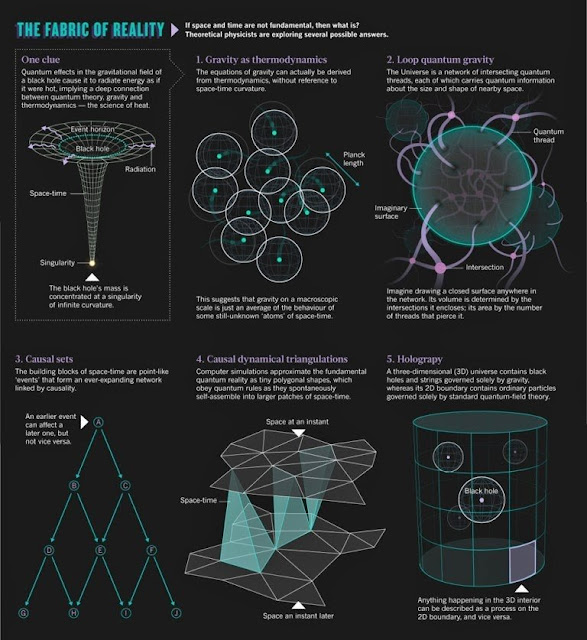Comparison with conventional history (part 2)
Big History arose from a desire to go beyond the specialized and self-contained fields that emerged in the 20th century. It tries to grasp history as a whole, looking for common themes across multiple time scales in history. Conventional history typically begins with the invention of writing, and is limited to past events relating directly to the human race. Big Historians point out that this limits study to the past 5,000 years and neglects the much longer time when humans existed on Earth. Henry Kannberg sees Big History as being a product of the Information Age, a stage in history itself following speech, writing, and printing. Big History covers the formation of the universe, stars, and galaxies, and includes the beginning of life as well as the period of several hundred thousand years when humans were hunter-gatherers. It sees the transition to civilization as a gradual one, with many causes and effects, rather than an abrupt transformation from uncivilized static cavemen to dynamic civilized farmers.An account in The Boston Globe describes what it polemically asserts to be the conventional "history" view:
Early humans were slump-shouldered, slope-browed, hairy brutes. They hunkered over campfires and ate scorched meat. Sometimes they carried spears. Once in a while they scratched pictures of antelopes on the walls of their caves. That's what I learned during elementary school, anyway. History didn't start with the first humans - they were cavemen! The Stone Agewasn't history; the Stone Age was a preamble to history, a dystopian era of stasis before the happy onset of civilization, and the arrival of nifty developments like chariot wheels, gunpowder, and Google. History started with agriculture, nation-states, and written documents. History began in Mesopotamia's Fertile Crescent, somewhere around 4000 BC. It began when we finally overcame our savage legacy, and culture surpassed biology.
— Anthony Doerr reviewing On Deep History and the Brain by Daniel Lord Smail, 2007



Comments
Post a Comment